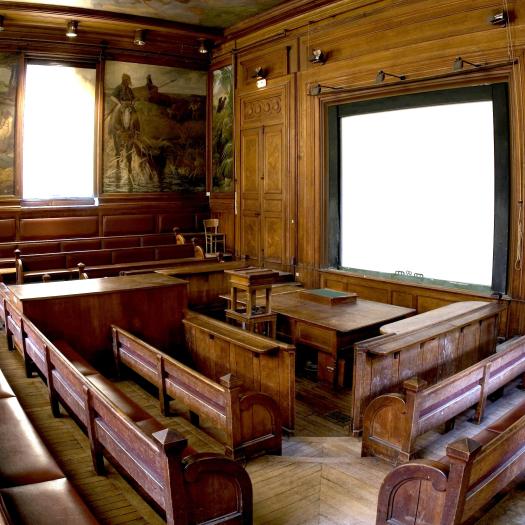PhD Defense - Cédric Del Rio


La soutenance de thèse de Cédric Del Rio aura lieu le Vendredi 16 novembre à 13h30 à l’amphithéâtre d’Anatomie comparée et de Paléontologie.
Thèse de doctorat sous la direction de Dario De Franceschi et de Thomas Haevermans
Composition du jury :
Abstract:
The Icacinaceae family is a group of Angiosperm with a large fossil record, mainly from the North American and European Paleogene. Especially, fossils related to Icacinaceae were found in five sites from the Paris Basin, mainly as endocarp remains, in the Thanetian and Ypresian. Therefore, these sites constitute a good opportunity to study the impact of the global warming at the Paleocene-Eocene boundary in the floras. As a first step, we propose a survey of extant fruits; we show an important diversity of fruit shapes emphasizing the value of this organ in terms of specific assignment. An Xper3 database was built in addition to this study. The study of fossil’s remains from the Paris Basin revealed the presence of eight new species belonging to the genus Iodes, an occurrence of genera Palaeophytocrene and Icacinicarya and a new genus, Icacinanthium, described from a flower and pollen in amber. Among the five species described from the Paleocene, three were present in the Eocene sites, demonstrating at least a partial continuity of the Icacinaceae through the Paleocene-Eocene boundary. However, a greater morphological disparity was underlined in the Eocene sites. The use of all the fossil records allowed us to reconstruct the biogeographic history of the family and especially the diversification of the Icacinaceae during the Ypresian and more generally during the Eocene. Finally, a phylogenetic datating study highlighted a diversification of a climber clade at the Paleocene-Eocene boundary. Therefore, the different levels of studies are congruent and show that the Paleocene-Eocene Thermal Maximum was not a catastrophic event for the Icacinaceae family but rather a diversification event and new contributions by migration, mainly in the Northern Hemisphere.



